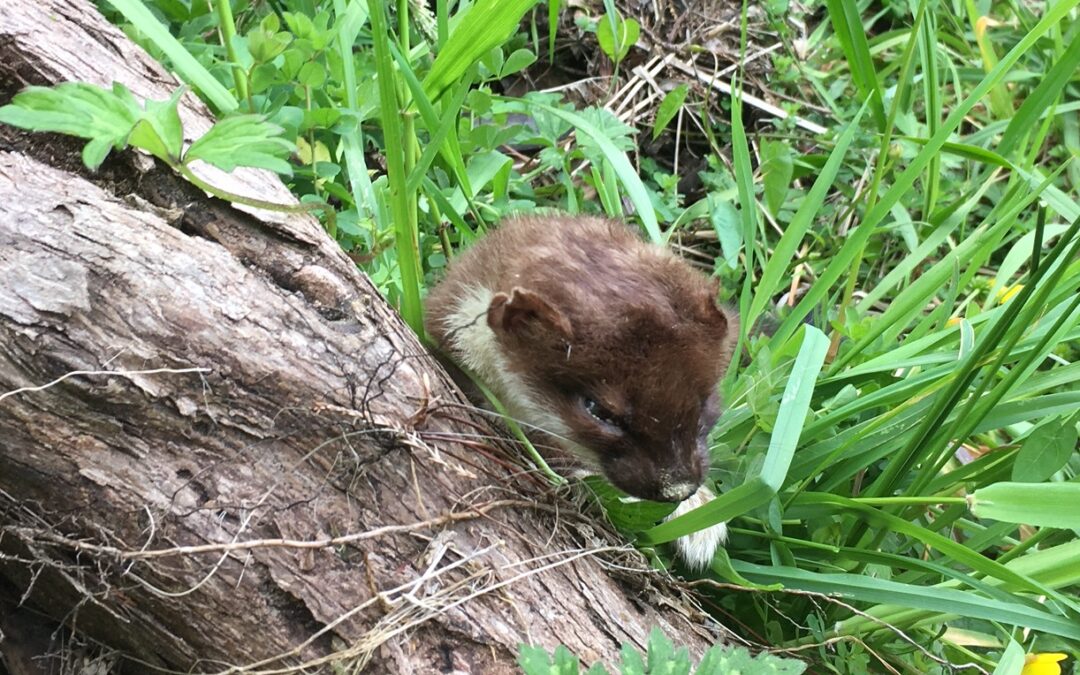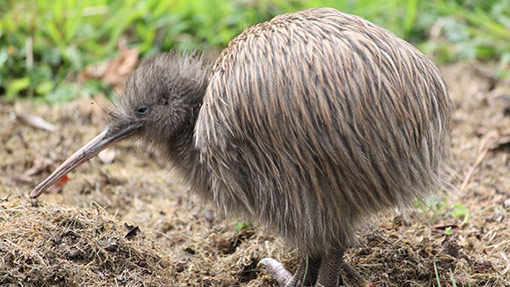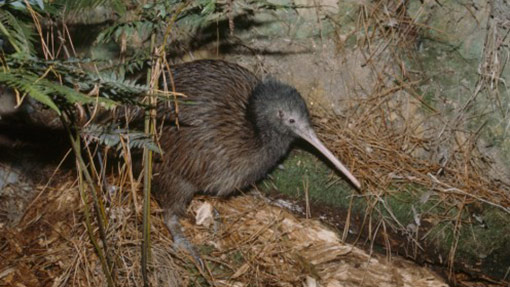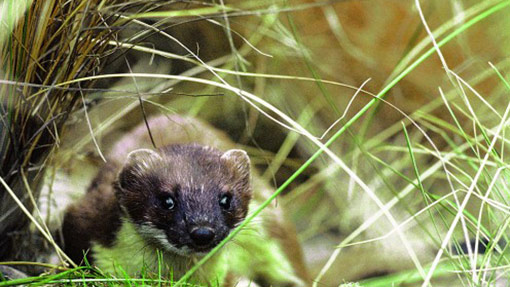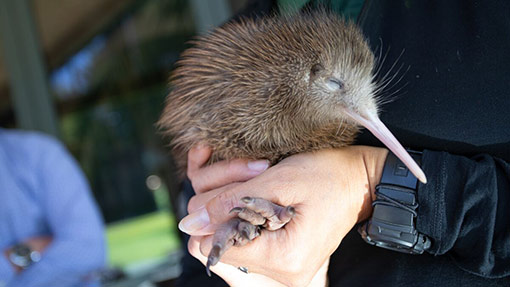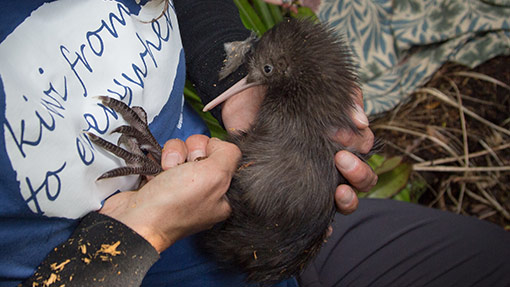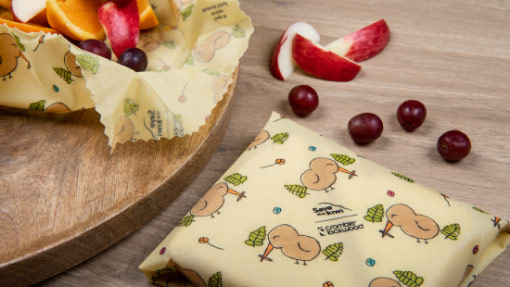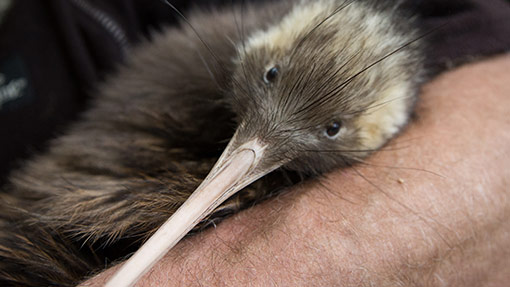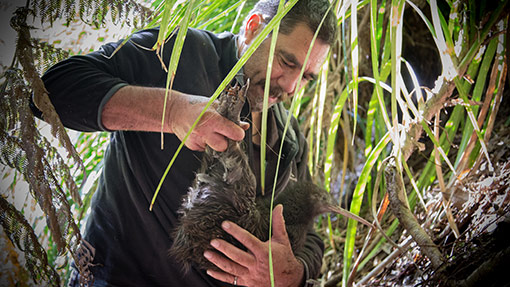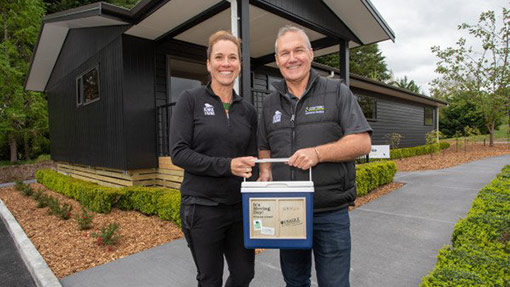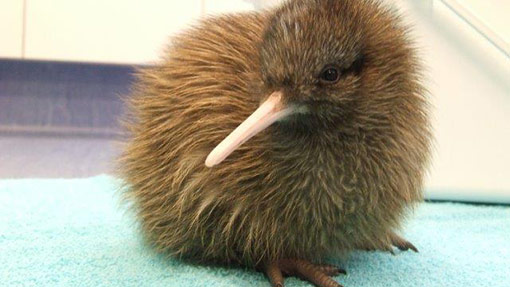Kia ora team, as I sit here, it is warm and the grass in my paddocks is already seeding. The season of plenty is in full swing and many of our native and non-native species are in full family mode, making the most of the time of plenty with young mouths to feed.
But for many of us in the predator control game, there is a tangible tension as we ready ourselves to meet the influx of young stoats about to invade our projects. While others think of Christmas, we have a battle on the horizon that we know is drawing near. It all sounds very dramatic, but the simple fact is that this is one of the times we catch the most stoats.
December and January is the time I really go stoat hunting. Collectively it can be very productive, but as you will know of me now, I look at the individual as much as the population. When young stoats emerge from the nest they will stick together and with mum for a while. I have shot six in a group, one after the other at this time of the year.
It’s not just stoats that act this way either. Many of our apex predators are the same. Ferrets and feral cats do as well. I have seen near full grown kittens still together at times.
Young stoats get older very quickly. Within a short space of time, they get a bit more independent and start to disperse away from the natal area. When they get kicked out of home, some will stay with their litter mates in this time for a period too.
So, what does this mean for our projects?
For a start, all that hard work you have put in removing stoats in your project can be undone at this time of year. When we remove stoats, we create a habitat vacuum of prime real estate just waiting for a new tenant. And they can invade from a long way away. Remember the stoat tracked at travelling approximately 68km in two weeks?
Also, any residual stoats in your project area have reproduced and you need to reset the clock and numbers. And any young females invading your whenua are often already pregnant too. Last summer I also noticed bigger mature male stoats invading my projects too. Why? I don’t know. But they weren’t there on camera through winter and then they turned up on camera and in traps when the weather got warmer.
The good news is that at no other stage in a stoat’s life are they more trappable. At this age and stage, they are extremely curious – and also quite naïve (or stupid). Once they leave mum you can also add ‘hungry’ to that list. The trapper’s trifecta for how we like our target species to be!
So, I trap accordingly. For a start I want you to go back to my June article around quality sets and how your traps should be. At this point I want to do a shout-out to our Coromandel whānau and the work they are currently doing on auditing and QC checks on their entire regime. That’s the stuff that makes a huge difference to your efficacy and downstream catch rates.
I am seeing a similar mindset in Save the Kiwi’s Jobs for Nature projects, and in fact in many projects now. The message is finally getting out there and people are taking note that trapping is only successful when we pay careful attention to detail. It’s about quality, not quantity.
Aside from the quality of your set, at this time of year it is all about the lures – and food lures. Stoats are very high-octane animals that need to eat constantly. So, let’s give them what they want. Don’t just do your usual bit of dried Weetbix bait on the end of a nail. Let’s give the little buggers something in our traps that really excites them. I want them drawn in on a tractor beam!
At this time of year, I often use what I call the ‘Backblocks smorgasbord’. That is often more than one lure. And if I use just one, I make it a cracker! Big and bloody and dripping with scent and the promise of a full-on sit-down meal!

It might seem like overkill, but where I can, this is what I do. And young stoats can’t get enough of it!

Here’s another version. Fresh venison, egg and the remains of a nearby fresh stoat kill I found. So that adds fur, rodent scent, and stoat scent.
Who wouldn’t add that winner to their trap?
So, big chunks of fresh rabbit with fur and meat included, broken eggs, blood trails, mice, etc, etc. I think natural, where I can. This sort of bait doesn’t last as long when it’s warm, but I am often checking my traps more often at this time of the year anyway.
There is a new lure on the market now that is better at three months than one and may be a great addition to fresh bait at this time too.

Let’s see how these go. They sound really promising!
The fact remains, though, that the more often you can clear your single set kill traps through summer the better. This time of year is when I get maximum return for my efforts when it comes to stoat kills. When they are young, dumb, and hungry I only get one chance. In six months, they become a completely different animal. I don’t want them to last that long – and neither should you.
Good hunting team – make me proud!
Merry Christmas and a seriously cracking summer to you and your whānau.
Cheers,
John Bissell
Save the Kiwi National Predator Control Advisor
www.bbem.co.nz
Instagram @nzpredatorhunter

